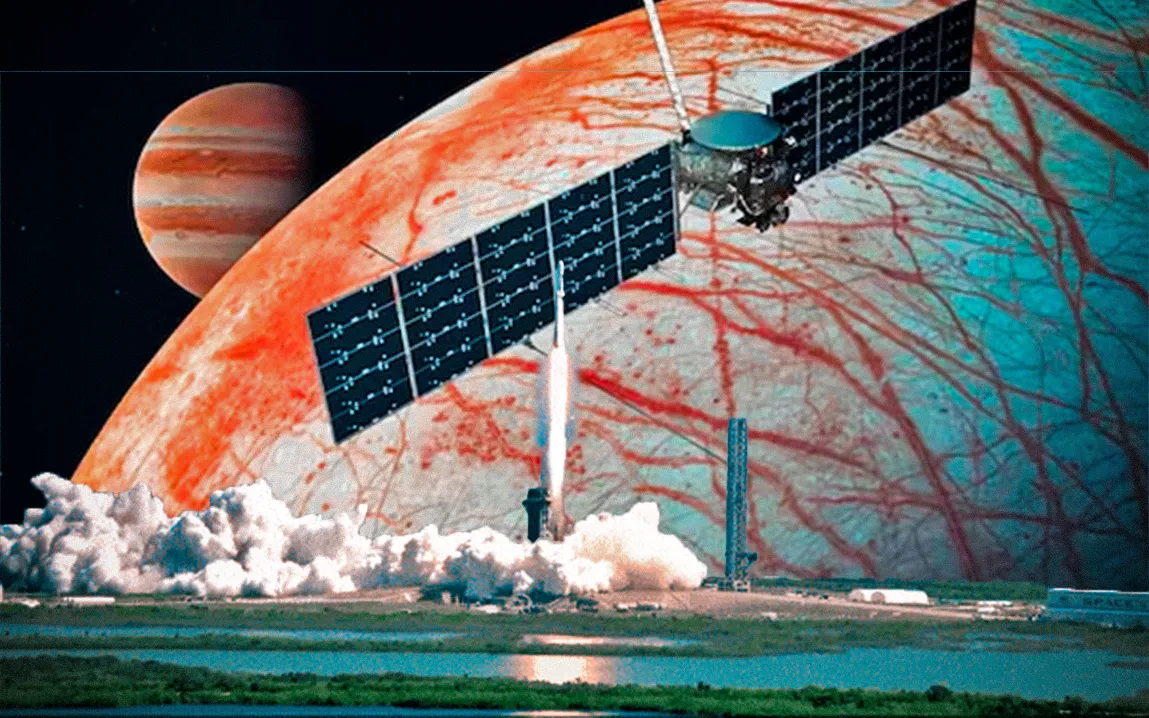A once-in-a-lifetime planetary parade will take place on the final day of February, with seven planets visible in the night sky appearing to line up. The breathtaking celestial spectacle, which can be seen by astronomers across the globe, will not be repeated until 2040. The alignment of the planets, or planetary parade, occurs when multiple planets align in the sky, providing a spectacular sight.
Dr. Greg Brown, a Royal Observatory Greenwich astronomer, said that a planetary parade takes place when more than one planet is visible in the sky. The visibility of the planets is a function of their distance from the horizon and how clear the sky is. All seven planets—Mercury, Venus, Mars, Jupiter, Saturn, Uranus, and Neptune—will be visible on February 28, although some will need specialized equipment.
Venus, Jupiter, and Mars will be visible to the naked eye and provide the best views. Saturn, Mercury, and Neptune will be more difficult to spot as they are closer to the horizon and less bright. Uranus, similar to Neptune, is not very bright and will need binoculars or a telescope to view.
The planets align because they revolve around the Sun in approximately the same plane, the ecliptic plane. Since they are moving at different velocities and distances from the Sun, they sometimes align from the Earth’s viewpoint. This infrequent occurrence allows astronomers and stargazers to see the symphony of our solar system live.
The optimum times to view this planetary procession are shortly after dark. In the UK, the planets will appear above the western horizon, so they will be visible for only a short time. In Australia and the US, viewers should look north, away from urban lights, about 30 minutes after dark. Stargazing apps can be used to identify the planets’ exact locations in the sky.
For anyone with telescopes, Dr. Brown suggests finding the moonlike features of Venus and Jupiter, or even Venus’s crescent appearance of the illuminated surface. Spring brings a slow exit for the planets from the nighttime sky, but February 28 should be one sight not to be missed.




